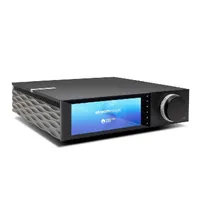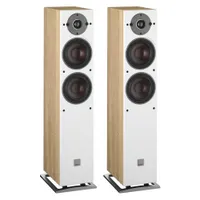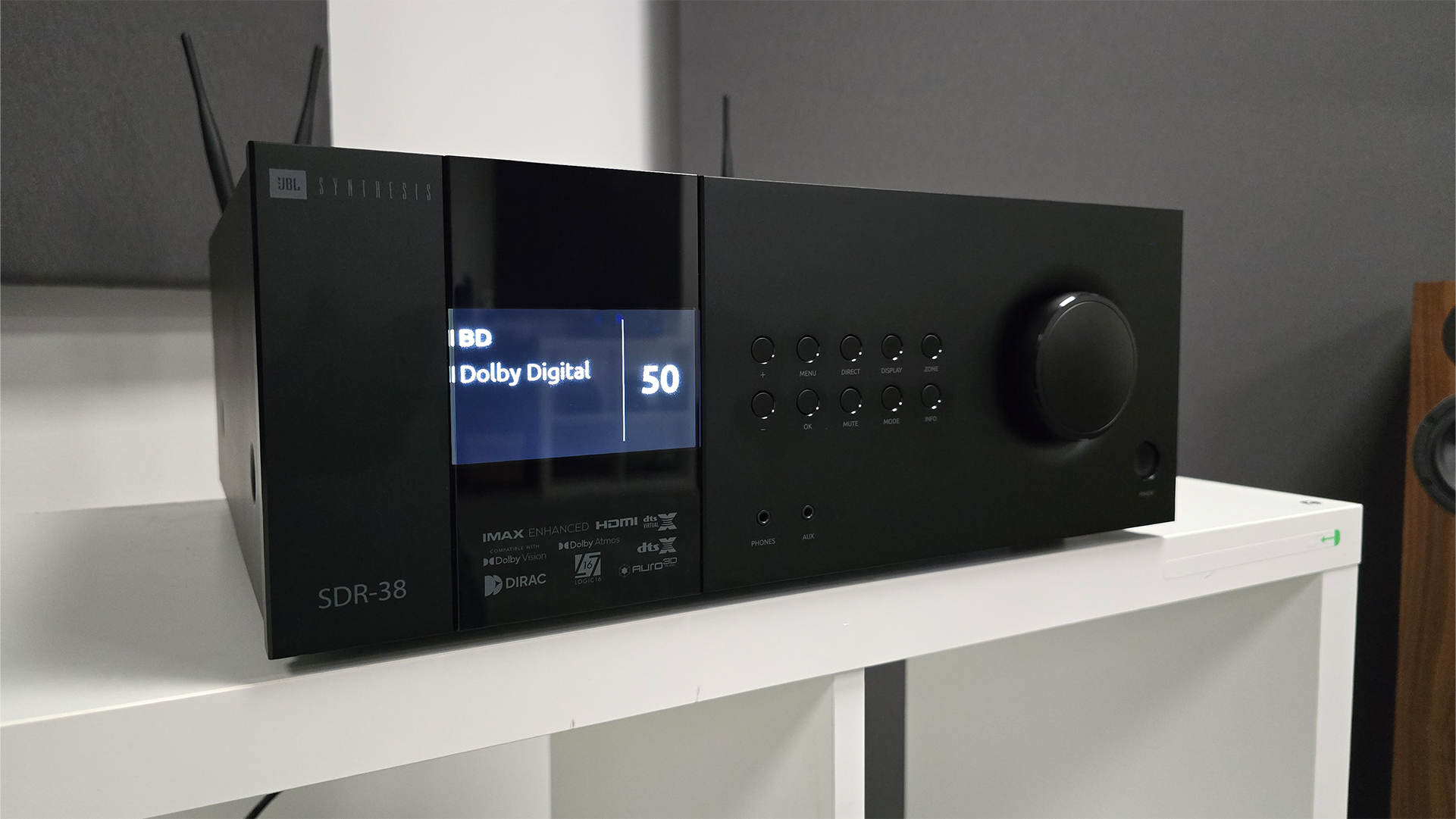I've built a superb streaming system out of the best Black Friday hi-fi deals – save £900
A seriously good streaming amp and speaker combo costs just £1698 in the Black Friday sales
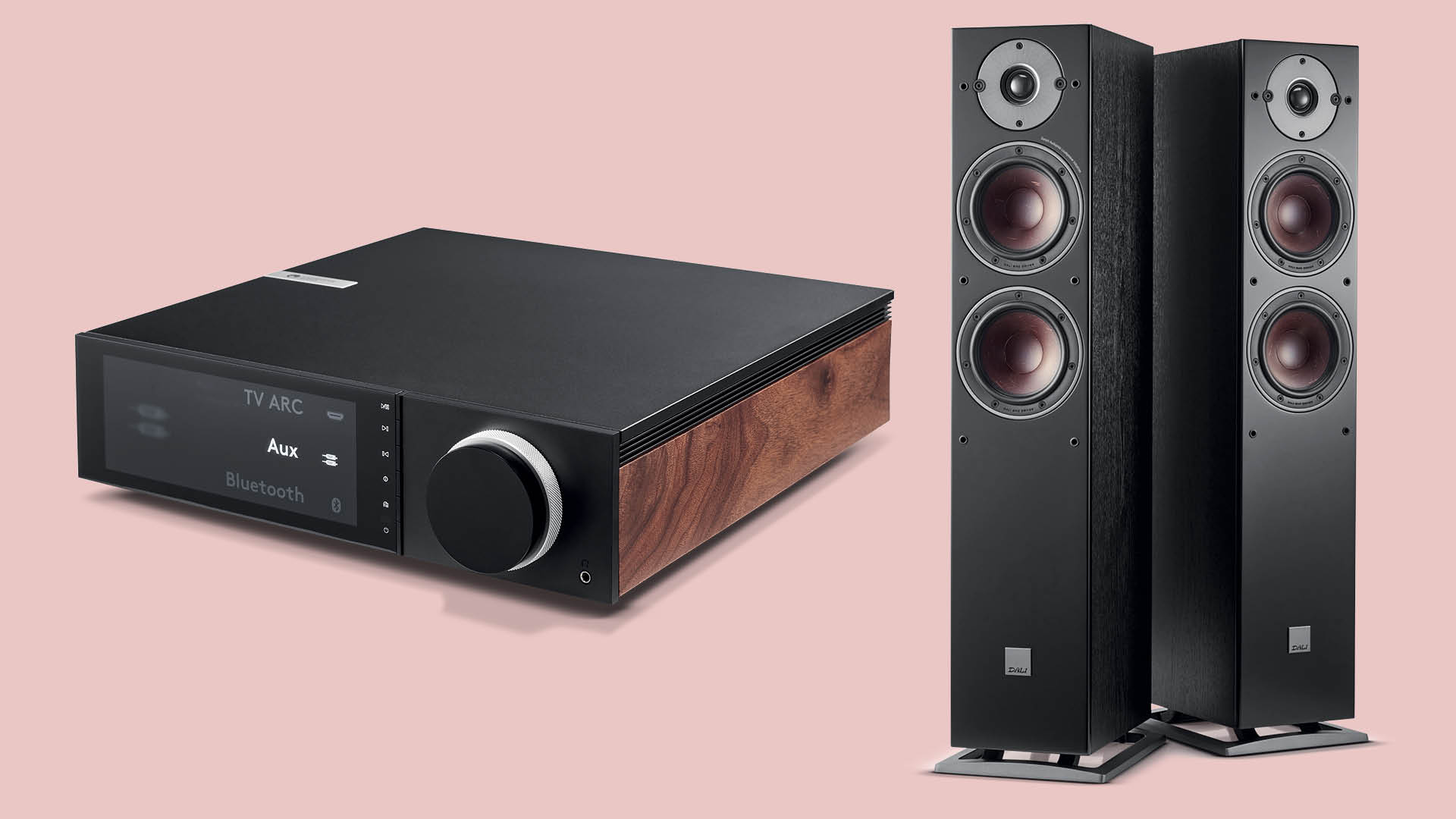
Perfect Black Friday hi-fi deals have been like buses this week – I waited ages for one to come along and then two came at once! Credit to the specialist hi-fi retailers like Peter Tyson, Richer Sounds and Sevenoaks: their Black Friday deals have been exceptionally good so far. But I was looking for deals on components that would together make for a fantastic – and fantastic value – hi-fi system for anyone looking to build one from scratch this Black Friday. And now I've finally found them.
Here we have the thoroughly modern hi-fi system for the newish millennium – no old-school separates here – comprised of the Dali Oberon 5 floorstanding speakers (now £200 off) and Cambridge Audio Evo 75 streaming amplifier (now £700 off). Both are five-star products and arguably the two best Black Friday hi-fi deals we've seen so far this week.
And if you were thinking 'oh this is just the best thrown-together system out of on-sale components she could find', think again: we selected this duo as an ideal pairing for one of our dream system builders last year – and at their original prices too.
This simple streaming-savvy system is our suggestion for the perfect 'Spacesaver'. With just three boxes to worry about, this would suit any size room while still providing high-quality music from source to speaker. And hey, this Black Friday you save £900 in the process.
The system
Streaming amp: Cambridge Audio Evo 75 was £1799 now £1099 at Richer Sounds
Floorstanding speakers: Dali Oberon 5 was £799 now £599 at Peter Tyson
Total: was £2598 now £1698
Saving: £900
Cambridge Audio Evo 75 streaming amp was £1799 now £1099 at Richer Sounds (save £700)
As we note in our five-star Evo 75 review, this is a talented box packed with streaming smarts and physical connectivity. The Evo 75 looks appealing and sounds exciting, making it one of the very best of its kind. Partner it with a good pair of speakers (like the five-star Dali Oberon 5 on sale for £599) and you've got an excellent-value modern streaming system.
Price check: £1199 @ Cambridge Audio and Amazon
Dali Oberon 5 floorstanders was £799 now £599 at Peter Tyson (save £200)
You can save 25% on these former Award winners, making them incredible value for anyone looking for entertaining and informative floorstanders for a small to mid-size room. In our five-star Dali Oberon 5 review, we praised the speakers' "dynamic subtlety, rhythmic precision and sheer transparency". Great value this Black Friday.
Deal is also available via Amazon
This box of streaming tricks from Cambridge Audio will give you great performance and a wonderful music-listening experience in a really well-made package. And, of course, it goes beautifully with Dali’s Oberon 5 speakers – which are as fuss-free a pair of floorstanders as we could hope for at this price. And, as floorstanders, of course, there’s no need for stands – so the only extra you need to budget for is speaker cable. (But please do allow for some decent cable; this pairing deserves it.)
Streaming amplifier: Cambridge Audio Evo 75

The Evo 75 – the ‘75’ in its name denotes its wattage-per-channel output – is one half of Cambridge’s two-strong Evo system offering, which includes a 150W-per-channel model called – you guessed it – Evo 150.
Today’s streamers are expected to be as lavishly furnished as a Victorian parlour, and the Evo 75 is determined not to be out-featured at this level. Cambridge’s StreamMagic platform is an inviting gateway into streaming from Tidal, Qobuz and, via DLNA, any network-stored music drives. Spotify Connect and Tidal Connect (complete with MQA support for streaming hi-res Tidal Masters) are on board to allow subscribers to play and control those services’ libraries from the native apps, while Google Chromecast offers native app playback for the likes of Deezer, YouTube Music, Apple Music and TuneIn Radio, too.
AirPlay 2 allows one-touch casting from Apple devices, aptX HD Bluetooth offers an ‘offline’ streaming method, while support for Roon Ready completes a comprehensive streaming connectivity list.
There is also the opportunity to add external sources to the set-up, whether that’s a TV, CD player or storage drive, via the Evo 75’s RCA, USB, coaxial, optical and HDMI ARC sockets. Vinyl-loving Evo 75 owners will have to connect a turntable with a phono stage to the RCA input, or buy a separate phono stage – there isn’t one on board, sadly.
Cambridge’s efforts to tick boxes and create a satisfying user experience haven’t gone to waste. The Evo 75 is the sonic success its spec sheet deserves. It’s powered by third-party Hypex NCore Class D amplifiers, as opposed to the architecture Cambridge develops for its standalone amps, but, no doubt due to exhaustive tuning, it sounds no less ‘Cambridge’ for it – insightful, open and musical.
There are now handfuls of streaming amplifiers that sound great, look superb or are pleasant to use, but not many manage to nail all three as convincingly as the Evo 75.
Speakers: Dali Oberon 5
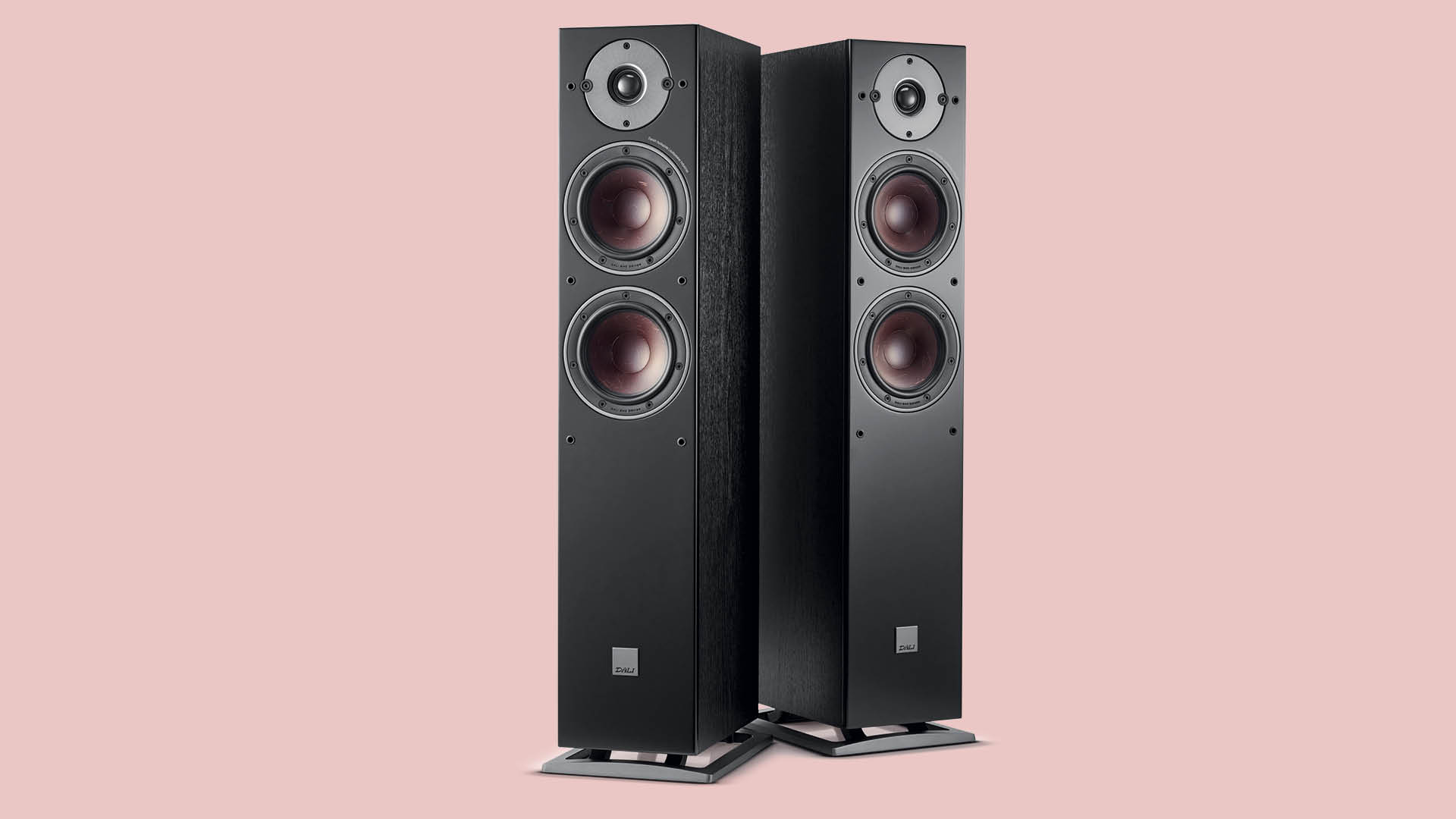
We have married Cambridge's excellent network amplifier with the Dali Oberon 5 for a number of reasons – chief among them being (of course) that they are superb-sounding speakers for the price. They are also, however, rather compact two-way towers, standing just 83cm high and just over 16cm wide. What’s more, they are impressively fuss-free about positioning, so should fit in, both aesthetically and practically, to most modern living rooms.
When it comes to that positioning, the Oberon 5 like to be a little away from the back wall and firing straight ahead, rather than angled towards the listening position. The tweeter’s dispersion characteristics mean that the speakers will still produce a focused and layered soundstage when positioned this way. But even if that isn’t possible, they will deliver almost all the performance you should expect of Award winners.
And they really are terrific performers. They’re responsive and musical – but, most of all, they are fun to listen to. As a neat, wonderful-sounding streaming system, this duo is almost impossible to beat at this sort of money.
MORE:
The best Black Friday deals available right now – LIVE
This turntable accessory is the surprise hi-fi deal you should consider this Black Friday
How to build the perfect hi-fi system
These are the best floorstanding speakers for every budget
Upgrade to a wireless system: best music streamers
The latest hi-fi, home cinema and tech news, reviews, buying advice and deals, direct to your inbox.

Becky is a hi-fi, AV and technology journalist, formerly the Managing Editor at What Hi-Fi? and Editor of Australian Hi-Fi and Audio Esoterica magazines. With over twelve years of journalism experience in the hi-fi industry, she has reviewed all manner of audio gear, from budget amplifiers to high-end speakers, and particularly specialises in headphones and head-fi devices.
In her spare time, Becky can often be found running, watching Liverpool FC and horror movies, and hunting for gluten-free cake.
